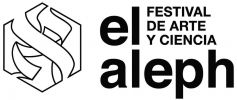Sala10: Ursula Biemann
virtual exhibition
Acoustic Ocean
View with headphones as Acoustic Ocean is also a sound piece.
This video explores the sonic ecology of marine life in the cold Northern Atlantic. The frequency of sonic communication among sea creatures often exceeds the human hearing range, which previously led to the incorrect assumption that most underwater creatures do not communicate or think. In recent years, marine biologists and acoustic engineers have advanced and increasingly deployed hydrophones in their research, enhancing the access to this formerly hidden dimension; numerous studies interpreting marine songs and other submarine semiotics have emerged, fact explored by Acoustic Ocean.
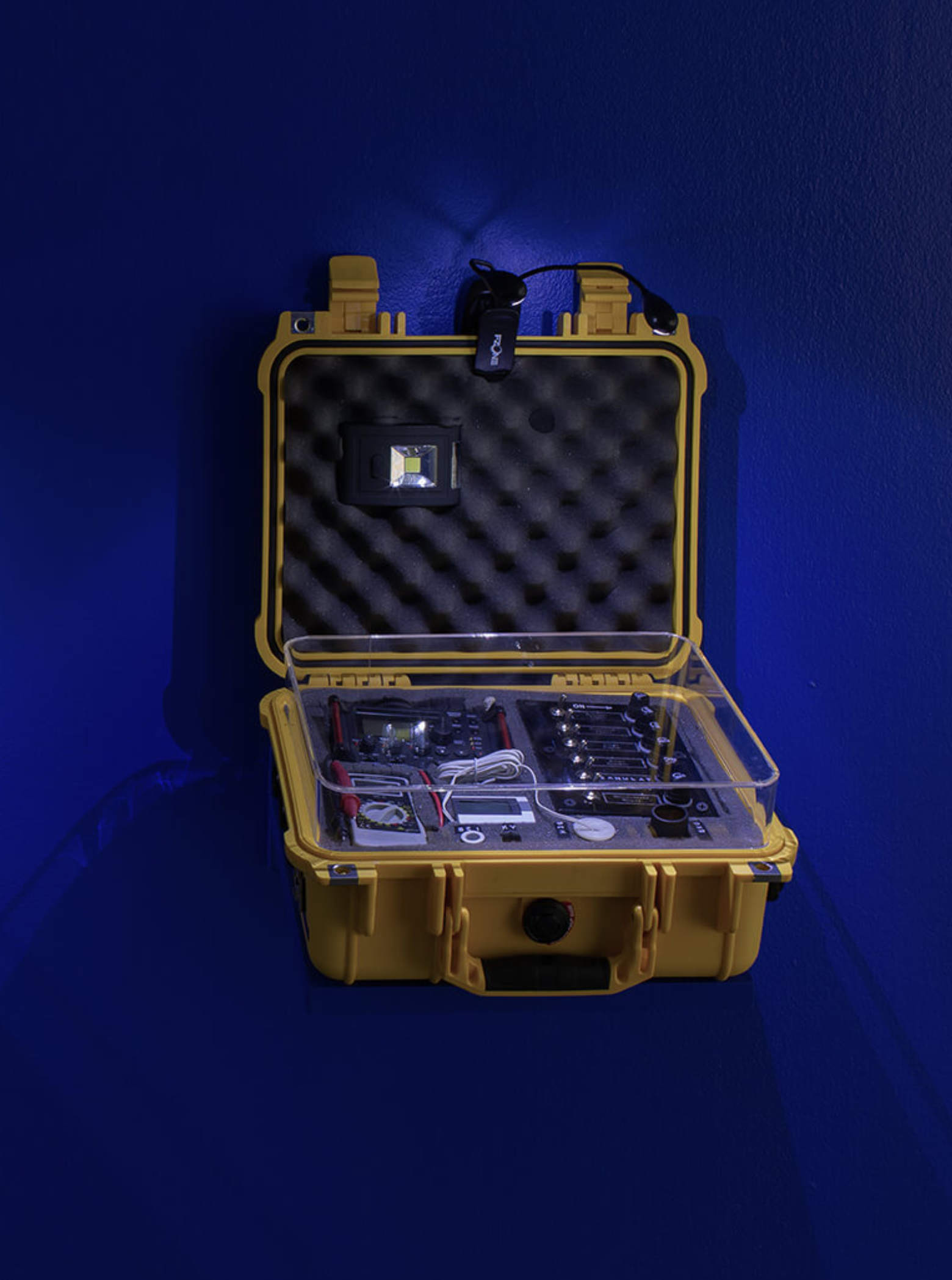
Immersion…with ears wide open
In its many aspects (documentary, narrative, action), Acoustic Ocean offers us the wonder of the subaquatic universe in which a multitude of species communicate around the world. Thanks to the North Atlantic’s peculiar conditions of density and silence, it is possible to record the immense exchange of signals and responses that occur underwater. Ursula Biemann provides us with a glimpse of another world, one to which only surveillance devices at the service of submarine warfare used to have access. This “immersion,” serves as a “rhetorical tool” of a “fluid osmosis of environment by a participant-observer/auditor,”[1] to use Stefan Helmreich’s words.
The guide (a Sámi researcher who practices modern science from a non-Western perspective) lifts the veil on possibilities for the circulation of signs and affects, rhythms and calls that anthropocentrism has denied us. The evidence of submarine sociability challenges the definitions of human and animal formulated by Western culture: “in contrast to us humans […] the animal neither speaks nor responds […] its capacity to produce signs is foreign to language and limited or fixed by a program.”[2] This world reveals itself to us on the verge of its disappearance. As in other cases from the history of ethnology, a new linguistic and cultural community becomes known right at the moment when it is threatened with extinction.
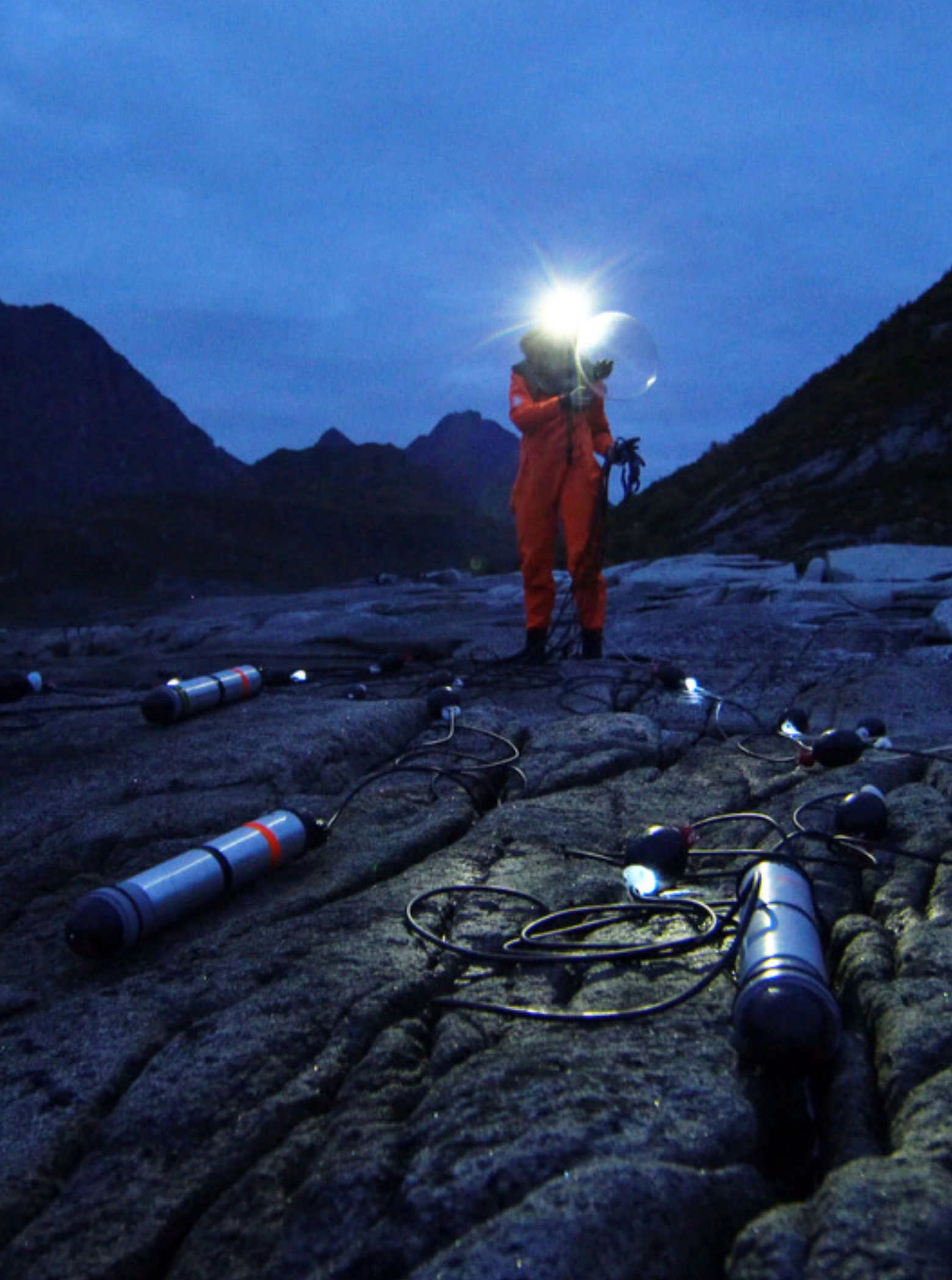
The perspective shift explored in pieces such as Biemann’s is also expressed in the instability of their poetics and forms. Strategically, the artist’s projects combine documentary elements with poetic actions: scenes taken from scientific research archives join a performance on the seashore, suggesting a process derived from the anthropological participant-observer and the authority of intuition. Defining genres would be counterproductive when the goal is rather to challenge orders and hierarchies, whether of thought or production. In any case, as Donna Haraway argues, we require a new class of narratives in which humans no longer play the leading role, instead giving way to a sympoietics:
"We are at stake to each other. Unlike the dominant dramas of Anthropocene and Capitalocene discourse, human beings are not the only important actors in the Chthulucene, with all other beings able simply to react. The order is reknitted: human beings are with and of the earth, and the biotic and abiotic powers of this earth are the main story."[3]
One of the virtues of Acoustic Ocean is to bring us face-to-face with a new wonder. It’s worth noting that confusing what we must learn and feel in this crisis of our economic and ecological system with the apocalypse is yet another anthropocentric gesture. Voices, rhythms and heartbeats go much further than the momentary reign of our species.
Cuauhtémoc Medina
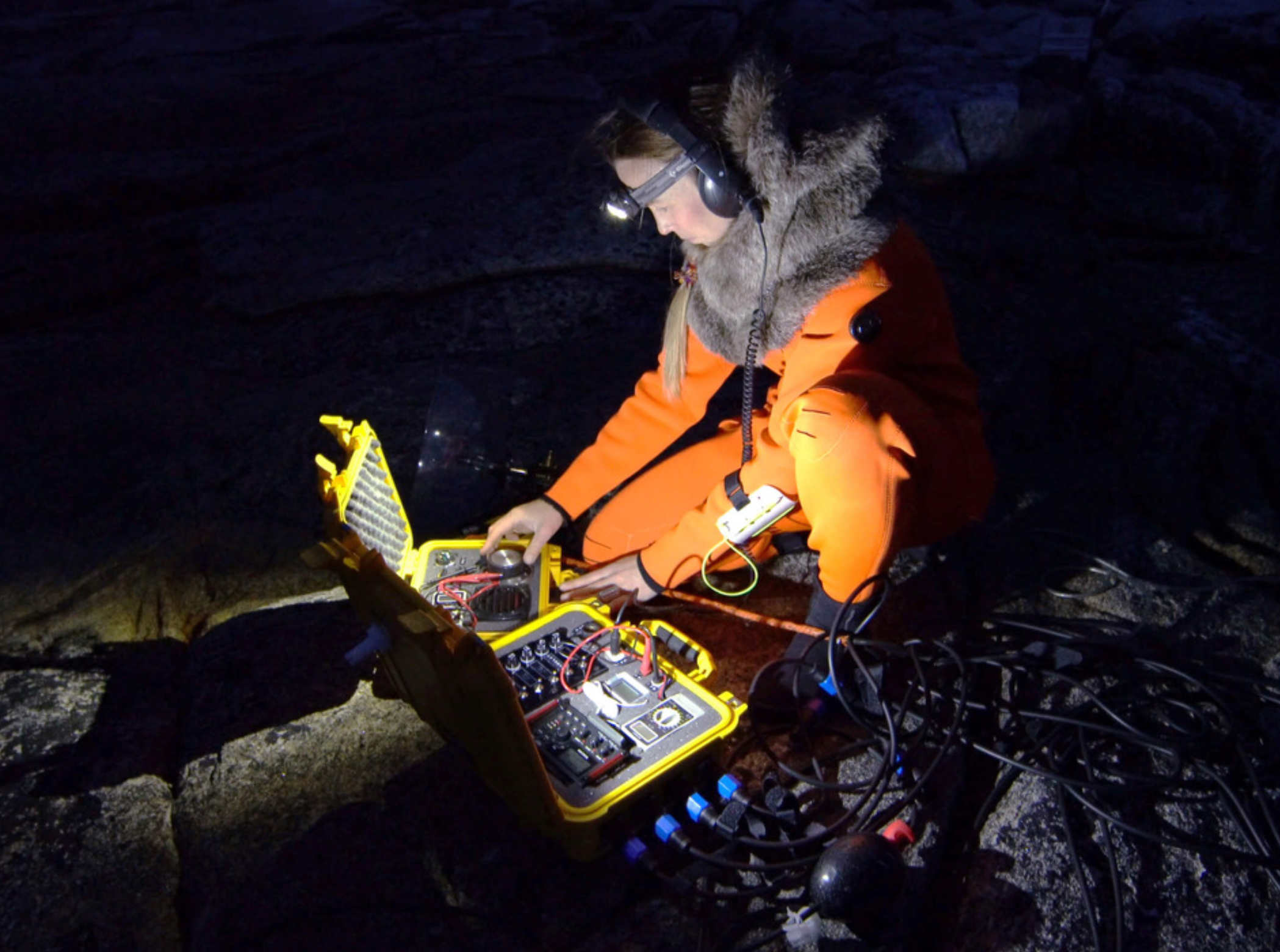
[1] Stefan Helmreich, Alien Ocean: Anthropological Voyages in Microbial Seas, Berkeley/Los Angeles/London, University of California Press, 2009, p. 219.
[2] Jacques Derrida, The Animal That Therefore I Am, Marie Louise Mallet (ed.), David Wills (trans.), New York, Fordham University Press, 2008, p. 89.
[3] Donna J. Haraway, Staying with the Trouble: Making Kin in the Chthulucene, Durham/London, Duke University Press, 2016, p. 55.
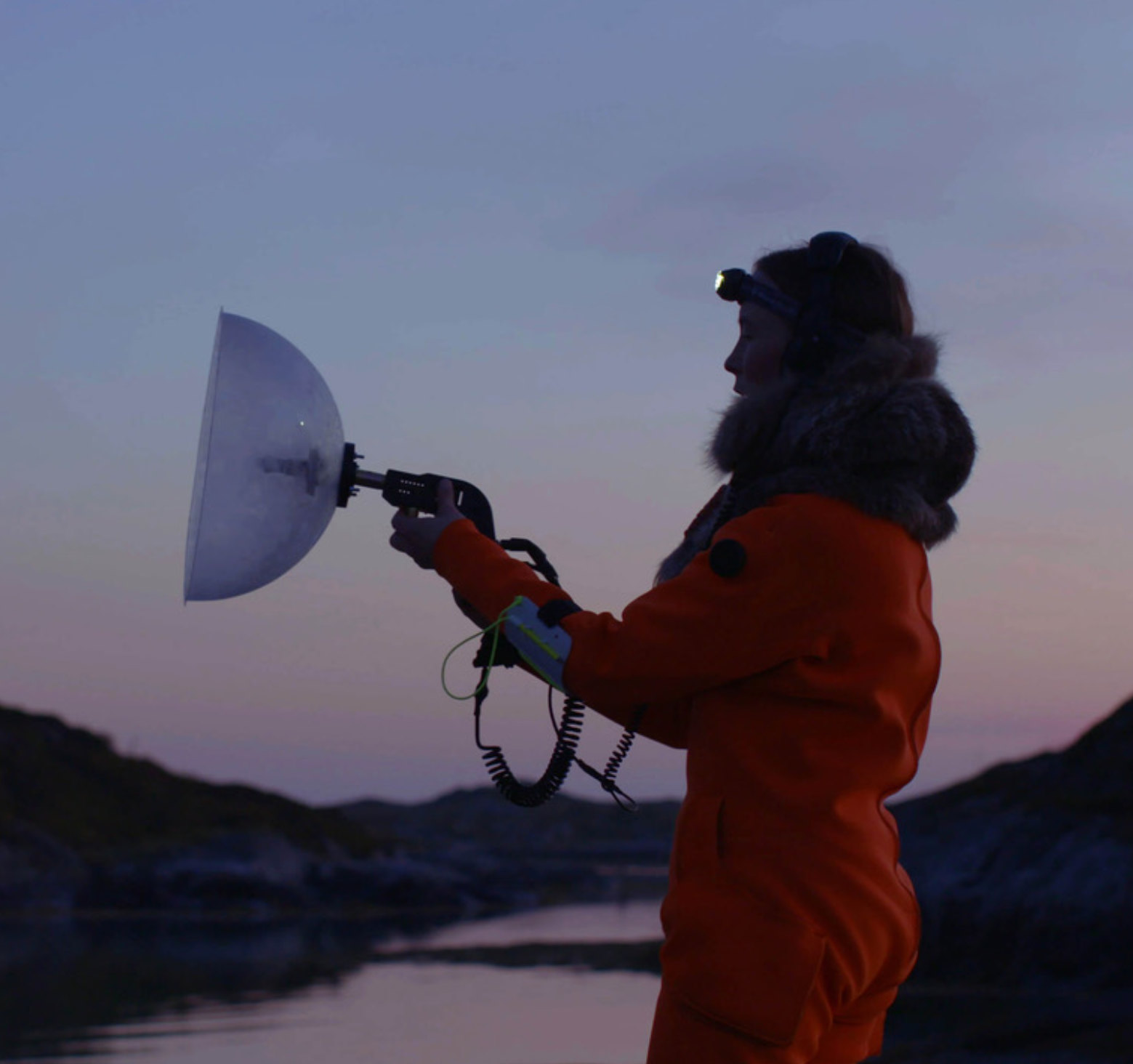
Near Gale: Forming a Future Organ*
Yvonne Volkart
translated by Kevin Kennedy
“A Monster approaches...”
Near gale. A storm is looming. Eerie sounds portend the unpredictable. Waves are clapping, a seascape unfolds. Each of Ursula Biemann’s three conceptual videos opens with a similar, strangely immobilized oceanic atmosphere. Opening us up to the unpredictable events coming towards us. Us, the viewers, inhabitants of the blue planet earth, whose surface is largely covered with water, water that expands, disperses, and determines us. “A monster approaches,” someone posted on Instagram, in anticipation of the arrival of Super Typhoon Hagibis.[...]
COMPLETE TEXT HERE
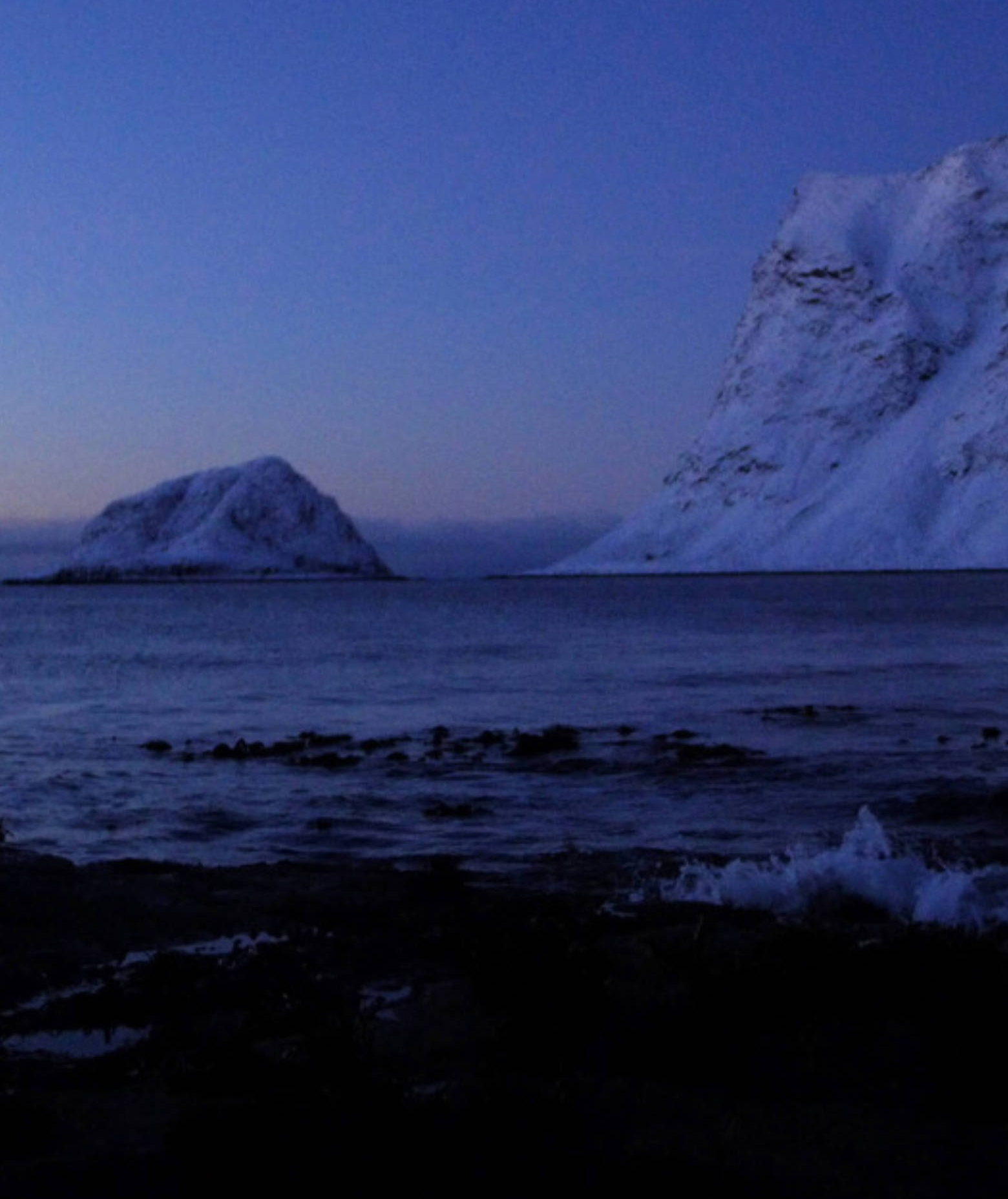
Ursula Biemann, Acoustic Ocean, 2018
Video
18’ 50”
Credits
Performance and song: Sofia Jannok
Camera: Lydia Zimmermann
Camera assistant: Jostein Venås
Sound design: Patrick Codenys
Props and set: Michael Grässner
Costume: Sharon Möschinger
With the voices of: Blue Whale, Harbor Seal, Spotted Sea Trout, Sea Urchin,
Silver Perch, Black Drum, Midshipman Fish, Right Whale, Fin Whale, Shrimp,
Minke Whale, Haddock Hawkins, Humpback Whale, Dolphin, Bowhead Whale
Marine sound recordings: DOSITS Rhode Island University; Rodney A. Rountree fish ecology
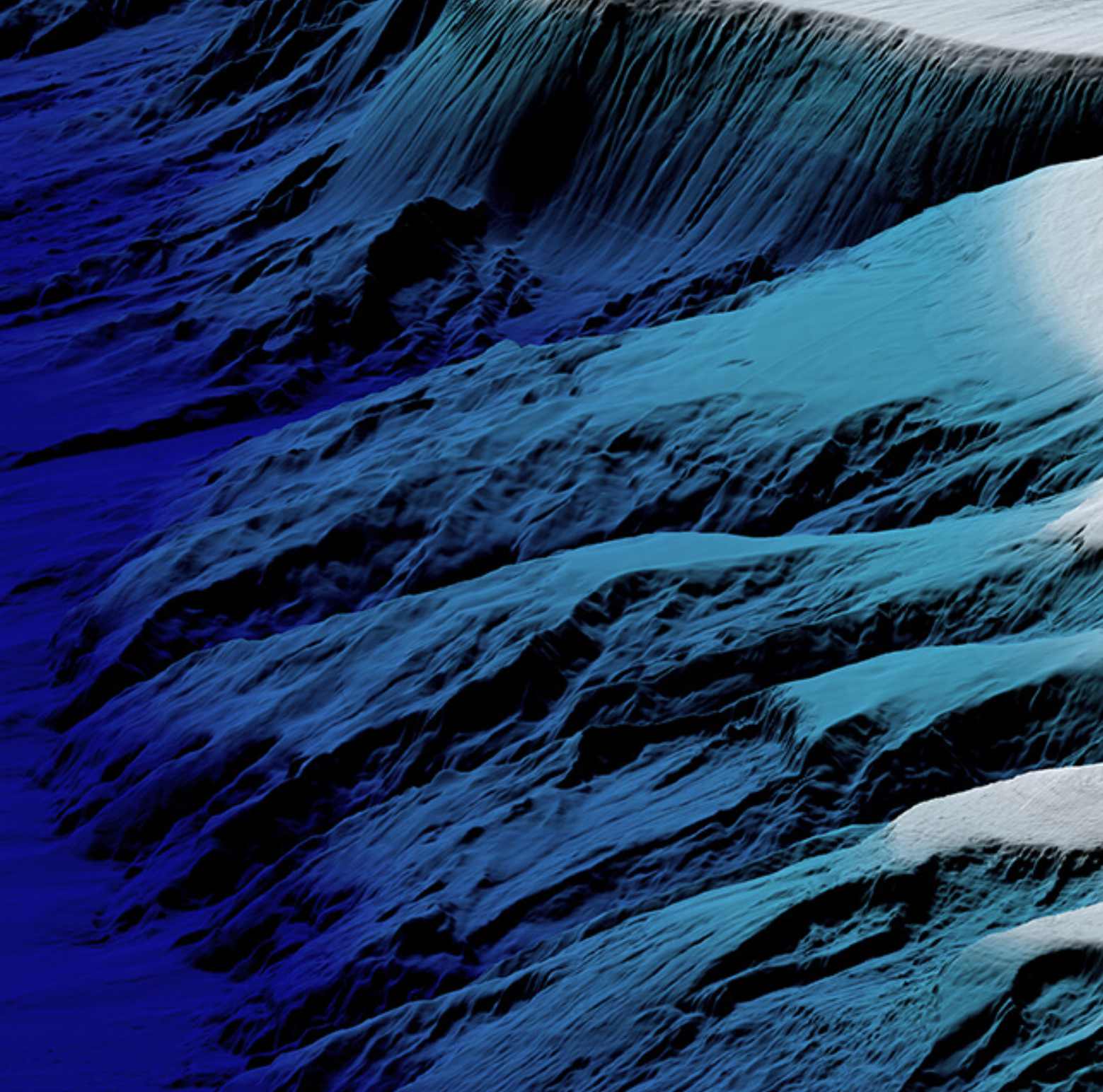
Pteropod images: Christian Sardet
3D deep ocean floor mapping of Andøya Trench: Mareano
Shot on the Lofoten Islands, 66° Norway
Special thanks to the Nordland Art and Film School
North Sámi translation: John E. Utsi
Commissioned by Atlantic Project, Plymouth, UK
Warm thanks to Tom Trevor
Funded by a generous work grant from Pro Helvetia Swiss Arts Council
Gratefully acknowledging my inspiration from:
Astrida Neimanis, Bodies of Water, 2017
Donna Haraway, Staying with the Trouble, 2016
Stefan Helmreich, Alien Ocean, 2009
Etel Adnan, Sea and Fog, 2012
Ursula Biemann © 2018

Ursula Biemann (Switzerland, 1955)
Ursula Biemann is an artist, writer and video essayist based in Zurich, Switzerland. Her artistic practice is strongly research oriented and involves fieldwork in remote locations where she investigates the political ecologies of forests, oil and water. Her video installations are exhibited worldwide in museums and International Art Biennials. She recently had a solo exhibition Savoirs indigènes-Fictions cosmologiques [Indigenous Knowledge-Cosmological Fictions] at MAMAC in Nice and published the online monograph Becoming Earth on her ecological video works and writing.
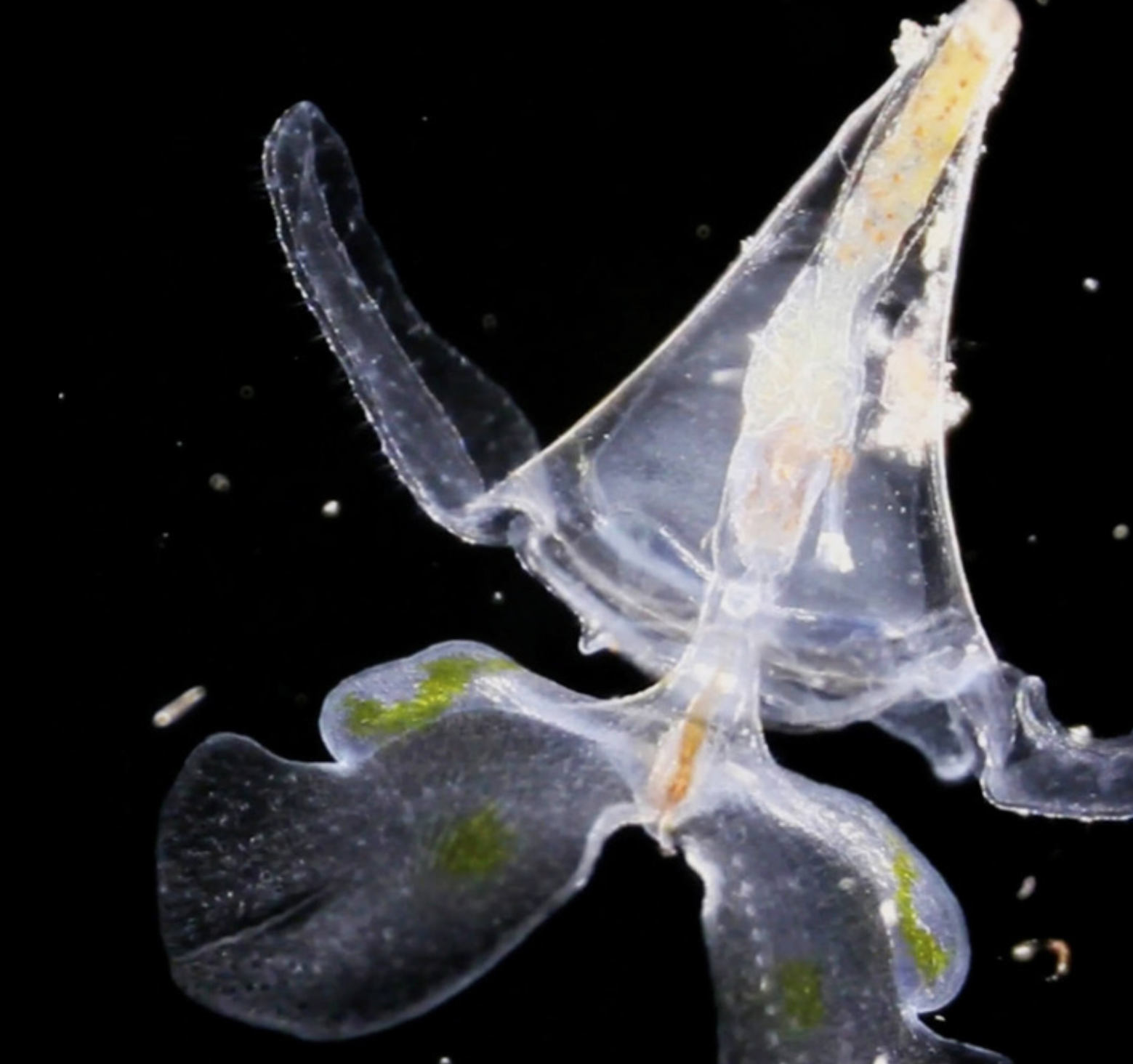
Curatorship: Cuauhtémoc Medina
Texts: Cuauhtémoc Medina, Yvonne Volkart
Content Direction: Ekaterina Álvarez, Cuauhtémoc Medina
Curatorial Coordination: Ana Sampietro
Digital Management: Ana Cristina Sol
Content Editing: Vanessa López, Yerem Mújica
Spanish translation: Jaime Soler
English Translation: Julianna Neuhouser
Press: Francisco Domínguez, Eduardo Lomas
